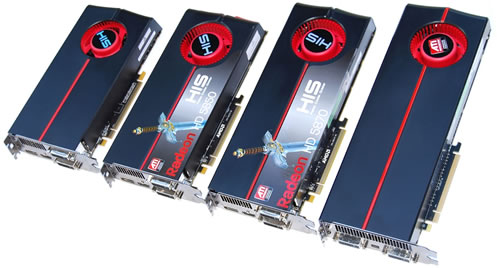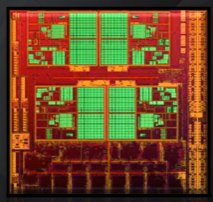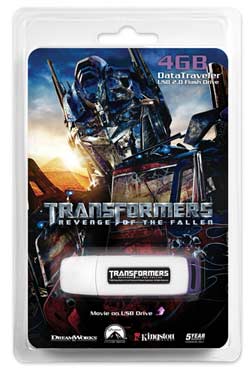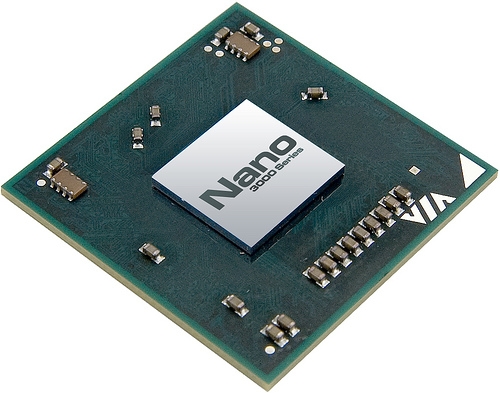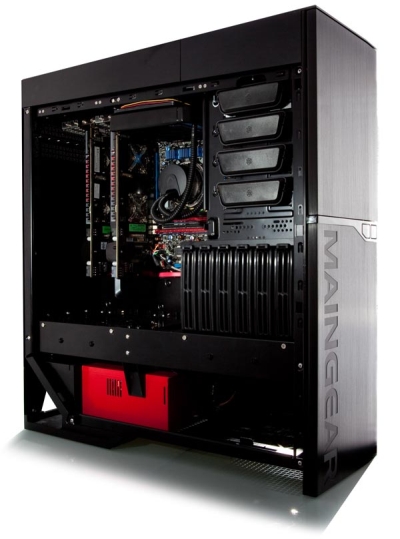
Inevitably the past few weeks have been a lot about Windows 7. We have contributed our fair share of information and resources in the process, from nifty
tips and tricks for those of you coming as far back as the first public beta, to a complete round-up of information to
get you up to speed if you are upgrading to Windows 7 just now.
But what makes
Windows 7 different from previous releases? First of all, Windows 7 has proved in a relatively short time span that it’s no dog, and no Vista for that matter. Vista suffered all the incompatibilities and supposedly necessary transition needed to open the path for a next generation OS. In the process, the average PC also became
much faster.
Furthermore, consider this… over 90% of PCs worldwide rely on Windows. A big chunk of those
computers
are still running XP or even older versions. A majority of businesses didn’t go for Vista and are now showing more willingness to move to 7 eventually, which will also require more modern hardware. Finally, in the consumer end, a majority of the PCs currently running Vista came with the OS pre-installed, and that hardware is more than capable to handle 7, one less obstacle that is showing in preliminary sales statistics for
retail boxed versions of the new OS.
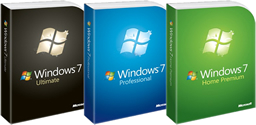
In this edition of our weekend open forum
we ask you: Have you upgraded to Windows 7 yet? If yes, what’s your favorite feature so far? If not, what’s keeping you from doing so?
By
Julio Franco,
TechSpot.com
